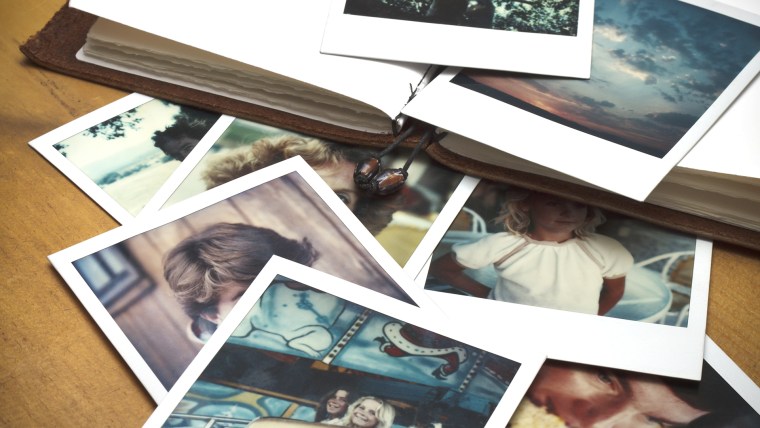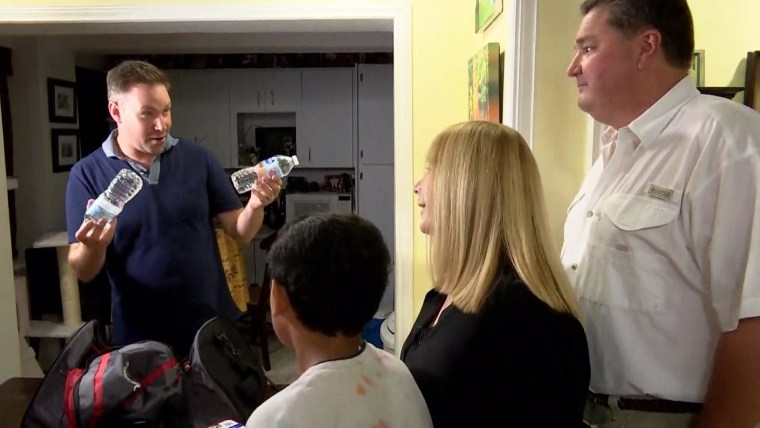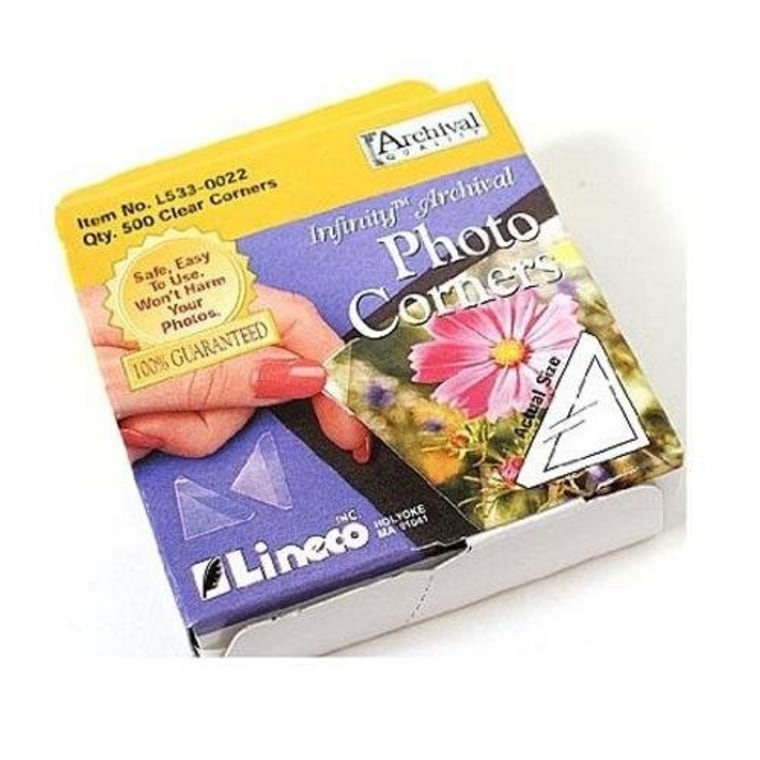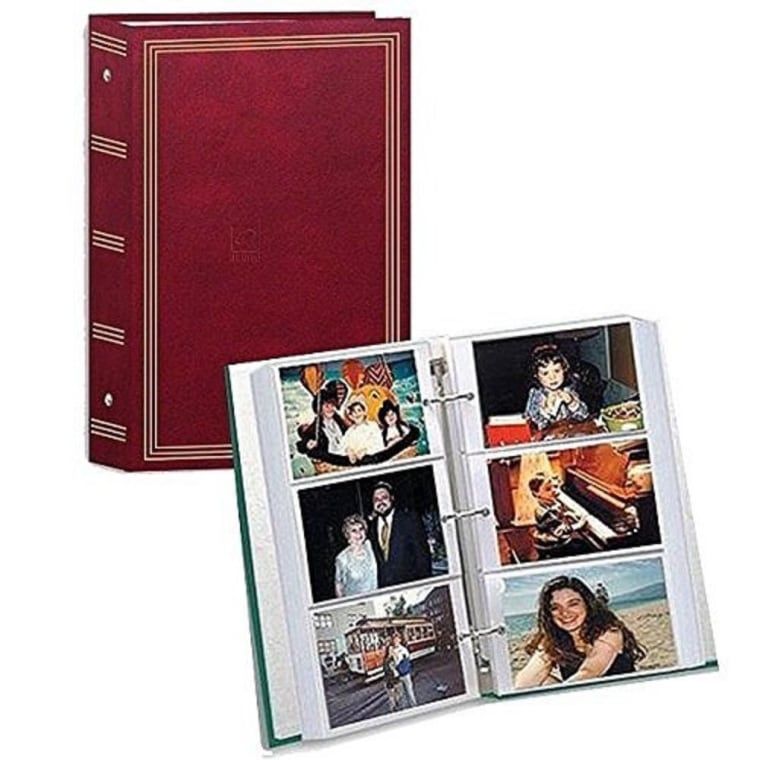How To Save Pictures From Water Damage
Information technology'south ever devastating when people lose their possessions in a disaster, but exercise you know what they miss most? Their link to by memories, like photographs and videos. If your photos, VHS tapes or DVDs were damaged by overflowing waters, accept center: These water-soaked items are often salvageable.
Here to tell you lot what to practice are iii knowledgeable staff members from the Northeast Document Conservation Middle in Andover, Massachusetts: Ann Marie Willer, manager of preservation services, Monique Fischer, senior photograph conservator, and Amanda Maloney, associate photograph conservator.

What is the beginning thing people should practice with wet photographs?
• If you take both photographs and negatives, tend to the photographs showtime.
• If items take been in contaminated water, be sure to vesture protective gear (face mask, nitrile gloves and protective eyewear) before handling.
• Offset by gently rinsing soiled photos in make clean, cool water.
• If photographs cannot exist dried immediately or if they are stuck together/attached to their enclosures...
Go on them moisture in cool, clean h2o until they can be rinsed and fully stale.
Or
Freeze them to deadening down the drying procedure.
- Place waxed paper betwixt photos or wrap them with a non-woven polyester cloth, so place in the freezer.
- When you're set up to piece of work on them, remove photos from freezer. As the stack "thaws," advisedly peel photos from the grouping and place them face up on a clean, absorptive surface to air dry out.
- Stale or frozen photographs are reasonably stable. When dealing with priceless photos, store them in the freezer until you can talk to a conservator.
• For photographs that can be separated:
- Remove photographs from their enclosures, frames and each other.
- Allow excess water to drain off the photographs.
- Spread the photographs out to dry out, face up upwardly, laying them flat on an absorbent fabric (like paper towels or material).
- Use fans to proceed the air around the photos moving at all times. This volition speed upwardly the drying procedure and minimize the chance of mold.
- Photos may curl during drying, merely don't worry. They can exist flattened later.
- For less precious family photos, sometimes the all-time solution is to take a picture of each wet photograph and discard the originals.
• Negatives should e'er be dried vertically. Hang them on a line with plastic clips placed at the edges.
Note: Some photographic materials (e.g., moisture collodion, ambrotypes, tintypes) are very sensitive to water impairment and may non be recoverable.

What about VCR tapes and DVDs?
• For help salvaging VHS tapes, utilise this guide as a resources.
• To save DVDs, apply this guide every bit a resource.
How should people store photos after they're salvaged?
• Dried pictures can be scanned or photographed to brand digital files, which can exist saved and reprinted at a after appointment.
• When storing photos in an anthology, use photograph corners. Cull a photograph album with buffered or neutral, practiced-quality paper and preservation-quality polyester, polypropylene or polyethylene pages. Ensure materials have passed the Photographic Action Examination (PAT).
Photo Corners Pack of 500, $ten, Amazon

Folio-Protector Photo Album, $38, Gaylord Preservation

• Salvaged photographs should be stored in a absurd, dry location. A good target is 70 degrees Fahrenheit with relative humidity beneath 55 pct, but work within your means.
Boosted resource:
For additional questions well-nigh damaged photographic materials, call NDCC's 24/7 phone disaster help line: (855) 245-8303.
Caring for Private and Family Collections
Emergency Save of Wet Photographs
Library of Congress' Guide to Wet Collections
To observe a conservator in your area, visit the American Institute for Conservation.
How To Save Pictures From Water Damage,
Source: https://www.today.com/home/flood-damage-how-save-photos-videos-dvds-t116071#:~:text=Keep%20them%20wet%20in%20cool,be%20rinsed%20and%20fully%20dried.&text=Freeze%20them%20to%20slow%20down,them%2C%20remove%20photos%20from%20freezer.
Posted by: kingrepasustem.blogspot.com


0 Response to "How To Save Pictures From Water Damage"
Post a Comment